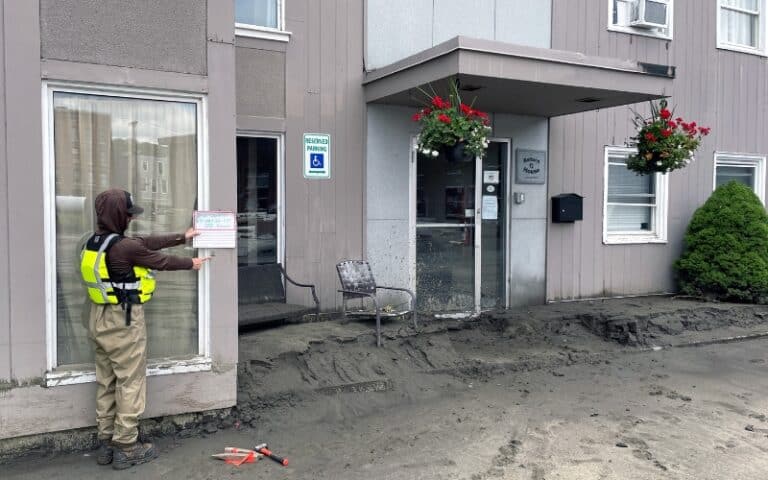New Resource on State Flood Risk Disclosure Requirements

Disclosing flood risk during real estate transactions is an effective way to raise awareness and drive risk-informed decisions. Although there are currently no federal statutes that require sellers to disclose information about flood risk or prior flood damage, some states have enacted laws and implemented practices that require disclosure of flood risk. And, according to recent FEMA analysis, stronger flood risk disclosure requirements are associated with higher residential flood insurance penetration rates.
A new resource on state flood risk disclosure practices, released by FEMA this week, serves to help states, tribes and territories develop or refine existing real estate disclosure laws or mandated disclosure forms to strengthen their flood risk disclosure mechanisms.
 Flood Risk Disclosure: Model State Requirements for Disclosing Flood Risk During Real Estate Transactions is available for download from FEMA.gov. As of the date of publication, 35 states have enacted some form of legal or regulatory mechanism requiring property sellers to disclose factors related to flood risk about their property. The new guide identifies states with the strongest flood risk disclosure requirements and provides a sample selection of their laws and disclosure forms that could be adopted by other states looking to implement or strengthen their real estate disclosure requirements.
Flood Risk Disclosure: Model State Requirements for Disclosing Flood Risk During Real Estate Transactions is available for download from FEMA.gov. As of the date of publication, 35 states have enacted some form of legal or regulatory mechanism requiring property sellers to disclose factors related to flood risk about their property. The new guide identifies states with the strongest flood risk disclosure requirements and provides a sample selection of their laws and disclosure forms that could be adopted by other states looking to implement or strengthen their real estate disclosure requirements.
Top 10 Flood Risk Disclosure Requirements
The following 10 flood risk disclosures are commonly found in state disclosure laws and/or legally mandated disclosure forms. These include disclosures of:
- Whether the property is in a flood hazard area and/or the FEMA Flood Zone in which the property is located
- A federal requirement to purchase flood insurance at the property
- The presence of an active flood insurance policy for the property
- The current cost of flood insurance premiums for the property
- Previous flood events and/or flood-related property damage
- Any past flood insurance claims
- Past flood insurance claim dates and amounts
- Any past disaster-related aid provided (federal, state, or local)
- Past disaster-related aid dates and amounts
- Other related disclosures (e.g., elevation certificates, areas subject to inundation, etc.)
FEMA analysis found that some states explicitly require four or more flood risk disclosures, while others explicitly require fewer than that, and imply one or more of such disclosures. Several states do not legally require sellers to disclose a property’s flood risk information at all.
National Flood Disclosure Requirement Needed
ASFPM has long advocated for stronger flood risk disclosure laws. In recent Senate testimony on NFIP Reauthorization and Reform, ASFPM noted how the current patchwork approach means varying levels of effectiveness among different states and local jurisdictions. Whereas a national flood history disclosure requirement would ensure a consistent level of protection for buyers and renters, regardless of location. ASFPM also supports, as part of the national real estate disclosure requirement, FEMA being mandated to provide prospective buyers, renters, property owners, and lessees full access to NFIP flood claims and flood-related disaster assistance data (IA and PA if applicable) thereby providing knowledge of flood claims and damage data to support effective decision making, risk awareness and management, and, where appropriate, mitigation or ultimate removal of buildings from high-risk areas.

